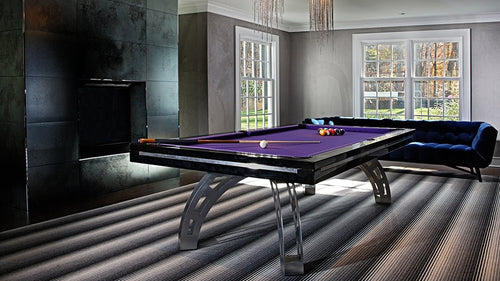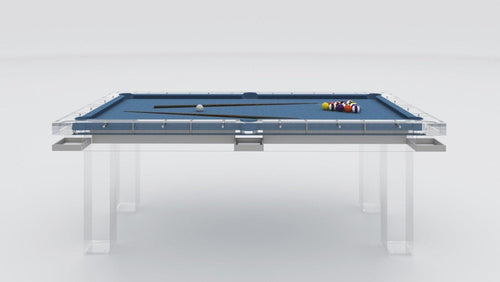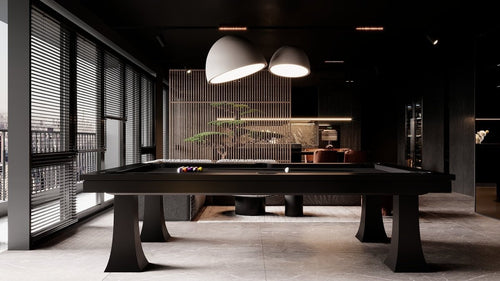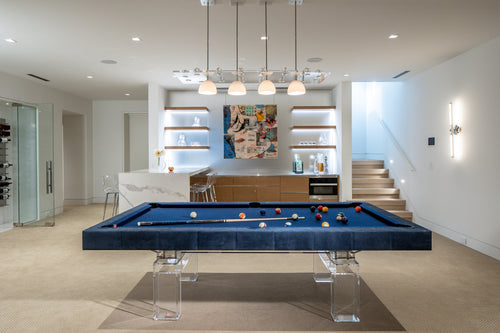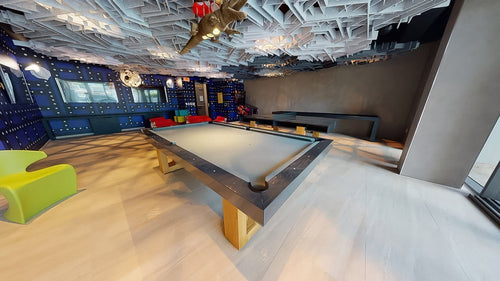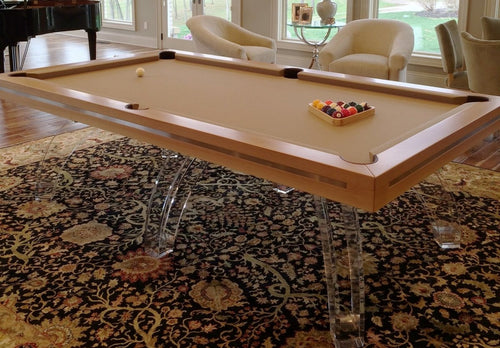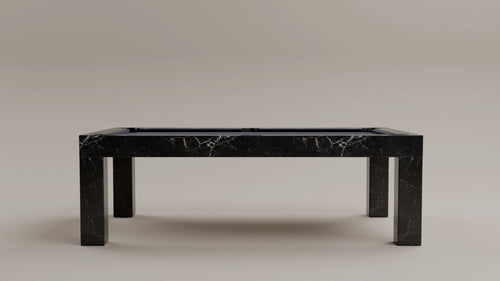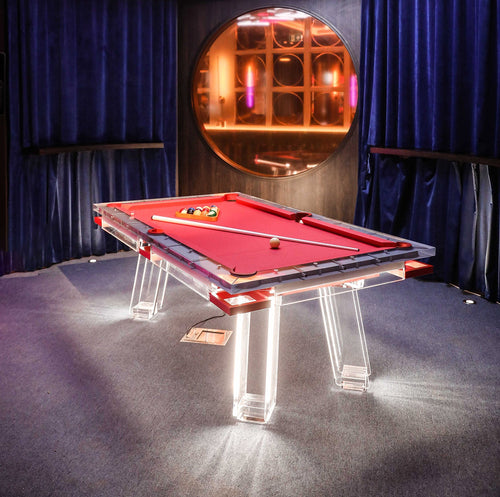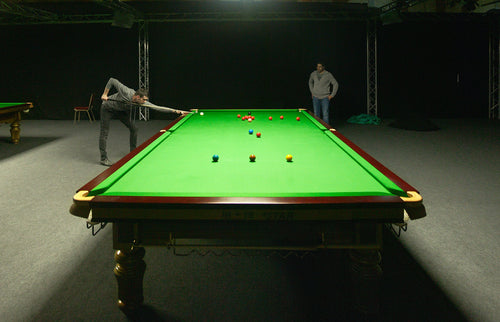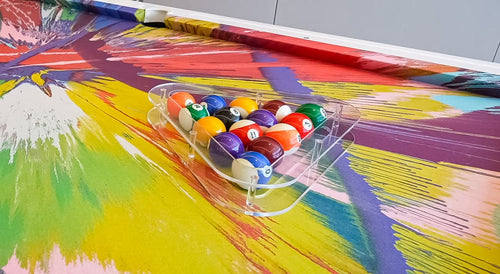Enjoy our modern designs
Estimated Read Time: 5 mins |
Interior design has evolved into a dynamic, globally expanding field, opening doors to a multitude of career paths and specializations. Whether in residential homes, bustling commercial spaces, or emerging design‑adjacent roles, opportunities abound for professionals equipped with the right skills, qualifications, and adaptability to industry shifts.
1. Industry Overview & Career Growth
Interior design is experiencing sustained global growth, driven heavily by luxury and premium markets. Though sensitive to economic shifts, demand remains resilient. The profession offers significant opportunities for career advancement, specialization, and roles that blend creativity with practical business and technical skills, facilitating movement beyond traditional design roles into management and consultancy positions.
2. Career Categories
2.1 Residential Design
Residential designers focus on homes, apartments, model homes, assisted living communities, and developer showcases. Their work prioritizes safety, functionality, aesthetics, and technology integration, including HVAC systems, home automation, and security.
- Child-safe environments
- Accessibility for aging or disabled occupants
- Kitchen and bathroom design
- Furniture and custom furnishings
- Color consultancy
2.2 Contract (Commercial) Design
Contract design covers public and commercial spaces like retail outlets, restaurants, hotels, healthcare, educational institutions, and entertainment venues. It's highly competitive, attracting many new graduates due to varied project scopes and substantial budgets.
- Hospitality (hotels, clubs, resorts)
- Retail spaces and boutiques
- Healthcare environments
- Entertainment and cultural venues
- Government and institutional facilities
3. Diversification & Para-Design Roles
Today's interior designers often cross into related creative and technical fields—furniture design, product development, fashion, VR environments, set design, facilities management, lighting design, and immersive digital experiences. Flexible skill sets adapt easily to emerging opportunities in technology‑driven markets.
4. Qualifications & Licensing
Professional credentials reflect competence and commitment to public health, safety, and welfare. In the U.S., NCIDQ certification, ASID membership, or a CIDA‑accredited degree boosts credibility. Globally, licensure and accreditation gain prominence, reinforcing continuous education through CEUs and advanced degrees.
5. Finding Employment & Career Advancement
Landing a rewarding role often begins early—networking with professors, alumni, and ASID or IIDA. Aligning with firms that share your specialization accelerates growth. An impactful portfolio showcasing conceptual strength, creativity, and technical proficiency is vital.
6. Industry Insights from Leading Practitioners
Practitioners like Michael Gabellini and Yabu Pushelberg emphasize interdisciplinary collaboration, rigorous concept development, and seamless architectural integration. Strong consultant relationships—especially in furniture specification—are essential.
7. Contract Design: High Stakes, High Rewards
Contract projects involve large budgets, high client expectations, and rigorous project management across programming, conceptual design, development, documentation, and administration. Designers navigate detailed contracts and coordination to deliver successful outcomes and mitigate risks.
8. Future Trends & Career Implications
- Distinct Professional Identity: Separating interior design from architecture with clear ethics and values.
- Sustainability: Eco‑friendly materials, green certification, reduced carbon footprints.
- Technology Integration: BIM, VR, smart systems, and digital visualization as standard tools.
- Inclusive & Aging‑Friendly Design: Universal design principles for accessibility.
- Globalization & Cultural Sensitivity: Balancing global brands with local nuances.
- Specialization vs. Generalization: Niche expertise vs. versatility in smaller firms.
- Professional Risk Management: Thorough documentation, liability insurance, clear scopes.
- Continuous Learning: Micro‑credentials, specialized courses, postgraduate research.
Key Takeaway
A thriving interior design career demands education, credentials, networking, and adaptive skills. Embracing continuous learning, technology, sustainability, and cultural responsiveness will distinguish successful professionals in a rapidly evolving global marketplace.



